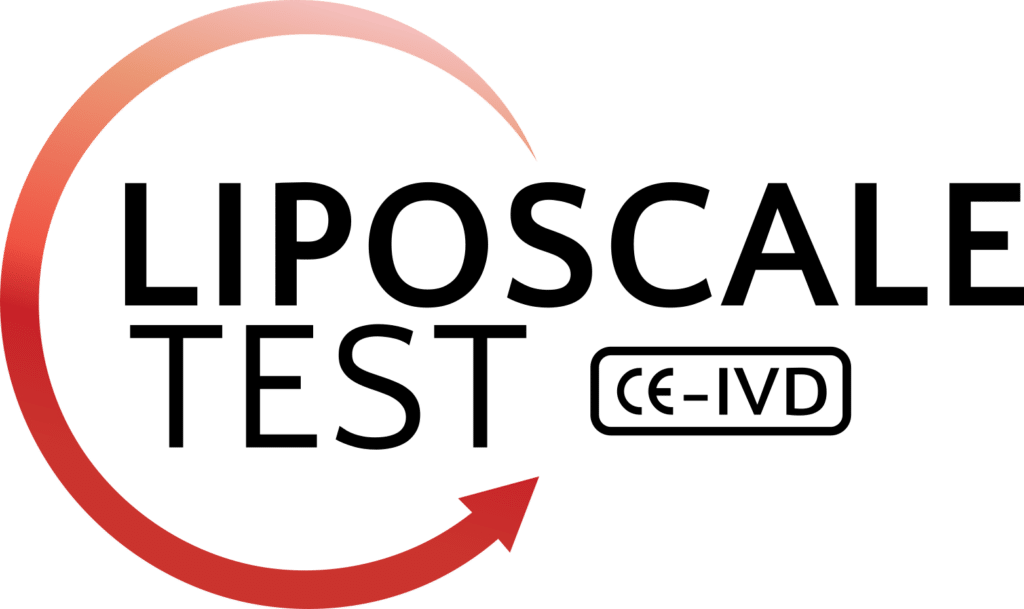Abstract
Objective: Vascular aging (arterial stiffness [AS]) is an inflammation-linked process that predicts macro- and microvascular complications in adults with type 1 diabetes (T1D). We evaluated the utility of measuring the inflammation-linked N-glycans GlycA and GlycB to assess vascular aging in adults with T1D.
Research design and methods: Eighty-four adults with T1D (>10-year duration without cardiovascular events) and 68 healthy control subjects were evaluated for clinical characteristics (including microvascular complications in patients with T1D), aortic pulse wave velocity (aPWV) (surrogate measure of AS), and serum GlycA and GlycB (peak area [concentration] and height/width [H/W] ratio) using 1H-nuclear magnetic resonance spectroscopy.
Results: Patients with T1D had higher median (interquartile range) values than healthy control subjects for (P < 0.001 for all comparisons) aPWV 7.9 (6.9-9.1) vs. 6.1 (5.5-6.7) m/s, GlycA 850.4 (781.3-916.1) vs. 652.4 (581.5-727.1) μmoL; GlycB 386.1 (353.2-426.3) vs. 310.0 (280.5-331.9) μmol/L), H/W ratio of GlycA 16.5 (14.9-18.1) vs. 15.0 (13.7-16.7), and H/W ratio of GlycB 5.0 (4.6-5.5) vs. 4.0 (3.4-4.3). Moreover, aPWV correlated (P < 0.001 for all correlations) with GlycA (r = 0.550) and GlycB (r = 0.423) concentrations and with H/W ratios of GlycA (r = 0.453) and GlycB (r = 0.510). Adjusting for potential confounders, GlycA concentration (β = 0.212, P < 0.001) and the H/W ratios of GlycA (β = 0.150, P = 0.009) and GlycB (β = 0.155, P = 0.011) remained independently associated with aPWV. C-statistics for detecting individuals with aPWV >10 m/s were 0.866 (95% CI 0.794-0.937) for GlycA levels and 0.862 (0.780-0.943) for H/W ratio of GlycB.
Conclusions: Measurement of serum GlycA and GlycB may have utility in assessing vascular aging in adults with T1D of >10-year duration and no previous cardiovascular events.


